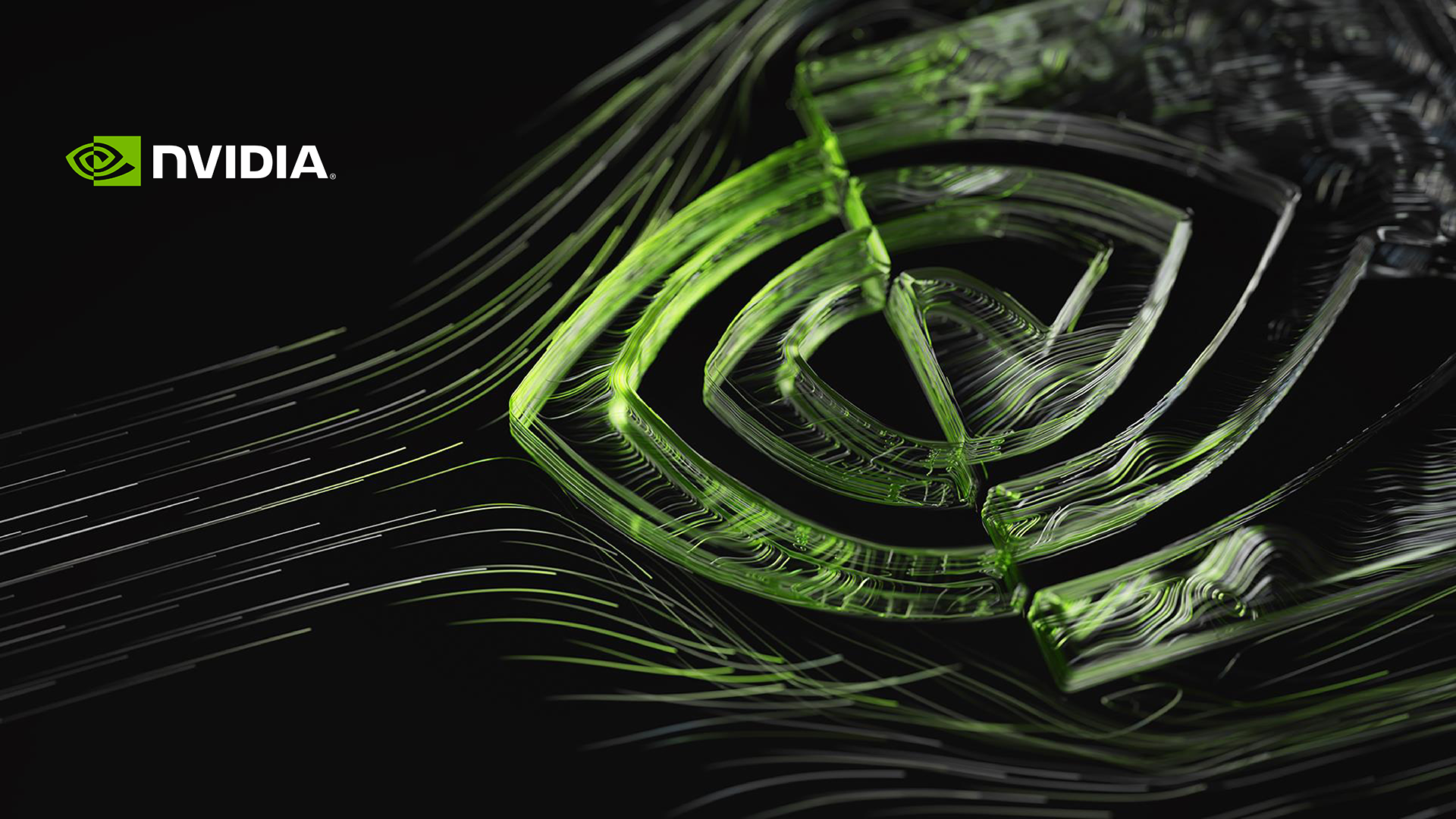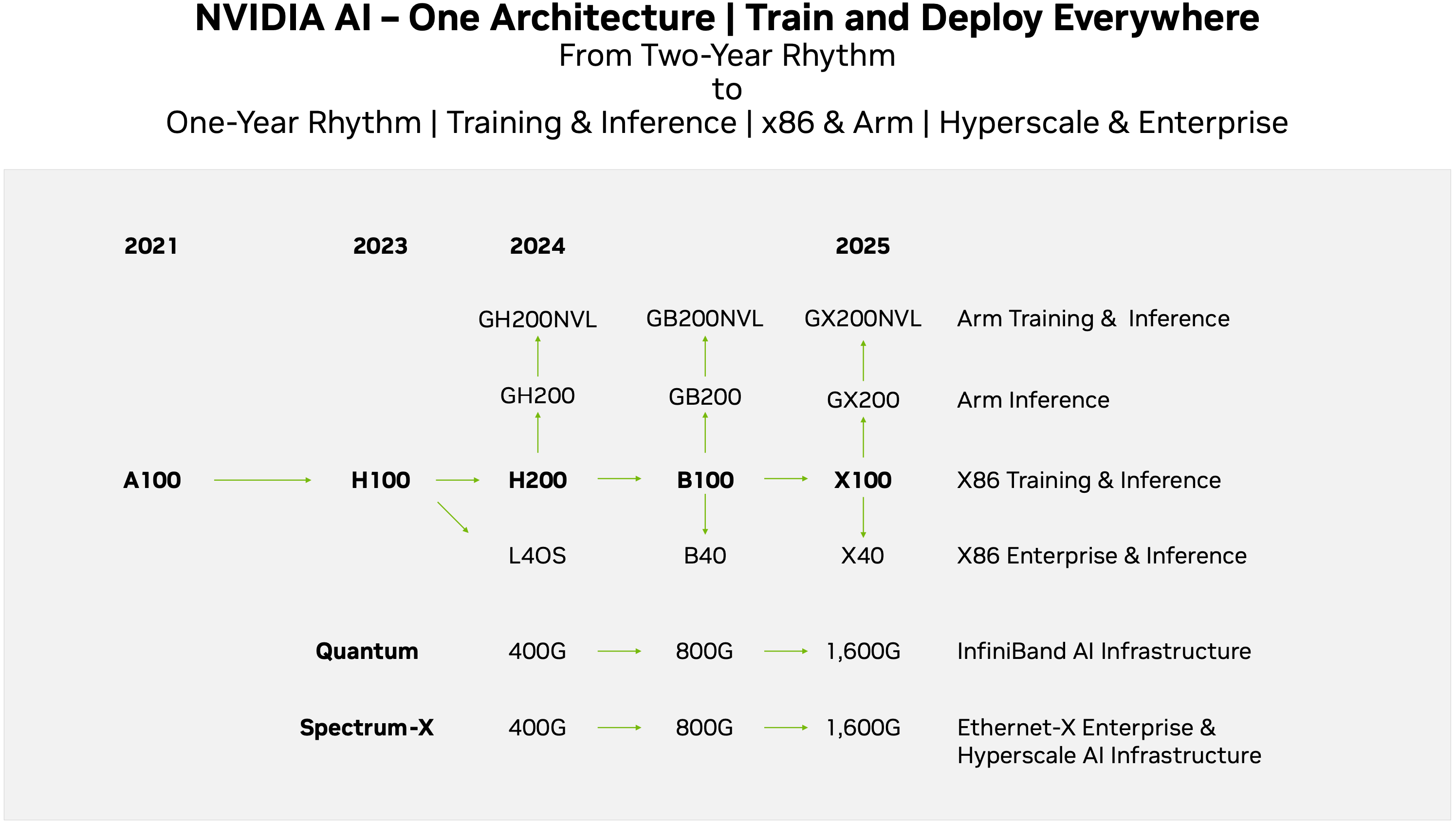
Just days after an analyst said that lead times for Nvidia's Hopper-based H100 GPUs used for artificial intelligence (AI) and high-performance computing (HPC) had dropped significantly, Nvidia said that it expected to be supply constrained with its next-generation Blackwell-based GPU products.
"We expect our next-generation products to be supply constrained as demand far exceeds supply," said Colette Kress, chief financial officer of Nvidia, during the company's earnings call with financial analysts and investors (via SeekingAlpha).
Nvidia's next-generation B100 products are based on the all-new Blackwell architecture that promises to significantly improve performance of AI compute compared to the existing Hopper architecture, according to the company's performance projections. Given sheer demand for high-performance AI processors on the market, it is likely that Nvidia's existing customers have already pre-ordered at least some B100 products.
The only question, how fast will Nvidia be able to ramp up production of B100 SXM modules and B100 PCIe cards as well as DGX servers on their base. After all, these are brand new products using different components.
It is rumored that the Blackwell will be Nvidia's first architecture to adopt multi-chiplet designs. If this is the case, this may simplify production of Blackwell-based GPUs on the silicon level as it is easier to maximize yields of smaller chips. But on the other hand, packaging of multi-chiplet solutions gets more complex.

It is noteworthy that in addition to the flagship B100 AI and HPC GPU for training and inference, Nvidia preps B40 GPU for enterprise and training applications, GB200 product that combines B100 GPU and Arm-based Grace CPU, and GB200 NVL for training of large language models.
Back in November Nvidia introduced its H200 compute GPU for AI and HPC workloads and right now the company is ramping up in production. Nvidia's H200 relies on the Hopper architecture and basically refreshes the company's existing product lineup with higher memory capacity and bandwidth. As Nvidia has refined its Hopper supply chain since 2022, the product ramp should be relatively rapid. Nonetheless, Nvidia's Jensen Huang complains that the company cannot meet 100% demand for this new product immediately.
"Whenever we have new products, as you know, it ramps from zero to a very large number and and you cannot do that overnight," said Jensen Huang, chief executive of Nvidia, at the quarterly earnings call with analysts and investors. "[…] So, whenever we have a new generation of products, and right now, we are ramping H200, there is no way we can reasonably keep up on demand in the short term as we ramp."







